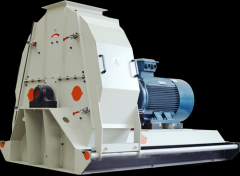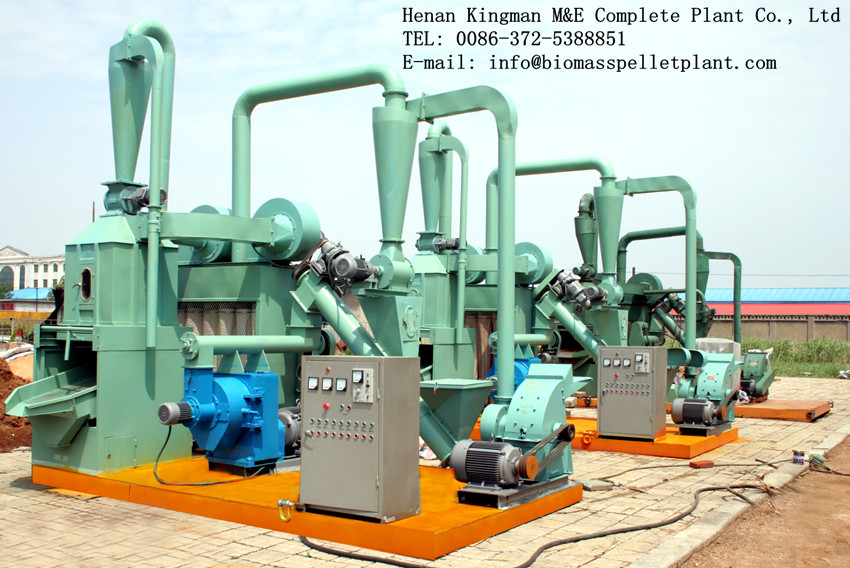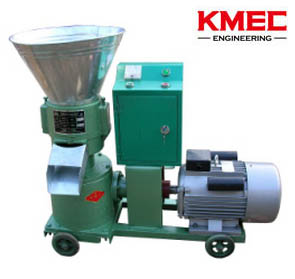Biomass Wood Pellet Fuel Market Analysis of The Netherlands
1. Regulatory framework market drives and barriers
The most important driving force for the use of solid biomass for electricity production by power utilities was the financial support for electricity generated on biomass, initiated in 2002. The feed-in premium provided by the national government under the so-called MEP-scheme (Milieukwaliteit ElectriciteitsProductie) was 6-7 €ct per kWh electricity produced from woody biomass. After 2006, no new projects were allowed to apply for the feed-in premium. The successors of the MEP subsidy are the SDE and SDE+ support schemes, which exclude large-scale power plants for financial support. The SDE and SDE+ support schemes focus on small-scale electricity production (co-)fired by solid, liquid or gaseous bioenergy.
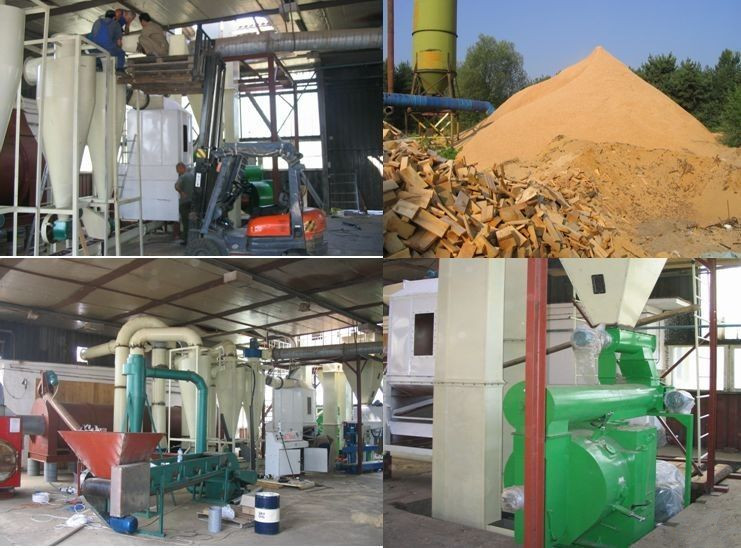
In June 2011, the Netherlands government made clear its intent to eventually mandate co-firing of biomass at all coal-fired power stations, and indicated it would begin with co-firing obligations on power producers with possible obligations on power suppliers eventually. The co-firing mandate for all coal-fired power plants was announced in the Dutch government’s Energy Report. A figure of 10 percent co-firing for producers was discussed, but the terms and conditions had yet to be agreed upon in consultation with the energy sector (Biomass Magazine, 2011). Most likely, a producer obligation could enter into effect on the short term, whereas from 2015 onwards, a more generic renewable electricity supplier’s obligation may enter into effect.
Another driver for the use of (imported) solid biomass was the coal price, which reached over 4.5 €/GJ in mid—2008, but later declined to about 2 €/GJ in 2009. In 2010-2011, coal prices fluctuated between 100-135 €/tonne. In the same period the wood pellet price fluctuated between 6-8 €/GJ. Finally, also the price of CO2 makes use of biomass more attractive, as the Dutch utilities fell under the emission trading regime, and could use biomass to reduce their GHG emissions. However, at current coal, pellet and CO2 prices, the use of wood pellets is not economically feasible without the feed-in premium. Basically no major barriers have existed regarding the trade of wood pellets in the past years. Apart from the long-term financial support for wood pellets in the past 8 years, also the general regulatory framework has supported the use of wood pellets for co-firing. Also the view of NGO’s and other societal actors has been neutral or positive towards the use of wood pellets.
READ: HOW TO START A BIOMASS PELLET PLANT
2. Production capacity and feedstock
The Dutch wood pellet production capacity is small, consisting of two plants (Energy Pellets Moerdijk and Plo-Span Bio-energy) with a combined capacity of approximately 130 ktonne/year, with a typical utilisation of 80-90%. This production capacity has been constant for the past few years, and given the limited availability of the main feedstock for wood pellets (sawdust from wood processing industry), no further increase in domestic production capacity is expected.The pellets are manufactured in accordance with ‘DIN 51731’ quality standards.
READ: GET TO KNOW PELLET MARKET IN GERMANY NOW
3. Consumption
Following Sweden, Germany and Italy, the Netherlands are the fourth-largest wood pellet consumer in Europe, with a steadily increasing consumption that reached about 1250 ktonne in 2009. Almost 100% of all wood pellets are used for co-firing in large-scale coal fired power plants: RWE Essent accounts for more than 80 percent of the total co-firing volume in the Netherlands.
Over the past years, the amount of wood pellets has been steadily increasing, and reached more than 800,000 tonnes in 2009. Typically, about 20% co-firing was carried out. However, in 2010, RWE Essent for the first time co-fired more than 50 percent of biomass in the Amer-9-plant. The test demonstrated that co-firing 50 percent of biomass is technically feasible, for short periods of time.
In April 2010, the co-firing capacity of biomass in the Gelderland plant, plant 13 of Electrabel (GDF Suez) was increased from 44 MWe to 180 MWe. As a result, the plant is expected to co-fire 470,000 tons of wood pellets per year. The conversion involved an investment of more than 40 million Euros (AgentschapNL, 2011). Substantial amounts of wood pellets are also co-firing in the coal power plants of Borssele (owned by EPZ) and Maasvlakte (owned by E.On).
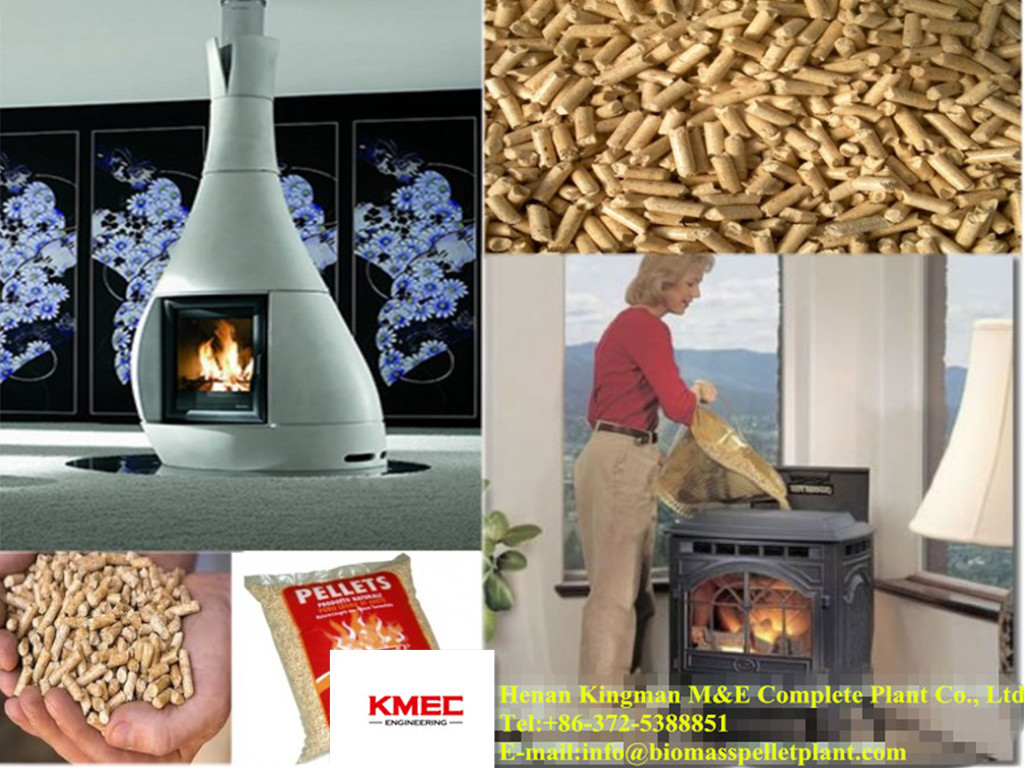
Overall, it was anticipated that in 2011, the Netherlands might consume well above 1.5 million tones of wood pellets. In contrast, there was basically only a negligible amount of wood pellets used in the residential sector. No official statistics existed, but consumption was probably below 10,000 tonnes per year.
Due to the fact that almost only industrial wood pellets are used in the Netherlands, there is no demand for high-quality wood pellets meeting quality standards as required for the residential sector. While such pellets may be used occasionally (e.g. if supply of industrial pellets is short), typically the utilities focus mainly on a few parameters such as heating value and content of chlorine and other elements that may cause problems in their boilers. However, as coal power plants are used to high ash contents in their fuel, the ash content is of much less importance than for the residential use.
READ: GET TO KNOW THE WESTERN EUROPEAN PELLET MARKET PRICES
5. Trade and logistic aspects
Given the large demand and very limited domestic supply, more than 90% of all wood pellets consumed in 2009 were imported. Imported wood pellets for co-firing are mainly imported from Canada and the United States of America. Other, minor wood pellet streams originated in Western Europe (mainly Portugal), the Baltics, North-West Russia, South Africa and Australia. According to statistics in the past years, the Netherlands has also (re-)exported wood pellets, but this trend was declining. In total, the net internationally sourced wood pellets amounted to 20.7 PJ, which corresponded roughly to 1.15 Mtonne in 2009.
Wood pellets are transported almost exclusively by ship both to and in the Netherlands. Handy max-sized vessels typically arrive in either the Rotterdam harbor or other harbors (e.g. Amsterdam and Flushing), and are there transshipped to smaller vessels. The single-largest user is the Geertruidenberg power plant, situated about 50 kilometres from Rotterdam harbor. Barges are used to transport the wood pellets from Rotterdam to Geertruidenberg, where they are unloaded and stored in dedicated silos.
READ:GET TO KNOW PELLET MARKET ACROSS FRANCE NOW
6. Price trends
The spot pellet prices for Dutch power plants have been fluctuating between 112 € per tonne in July 2008 to above 140 € per tonne at the beginning of 2009. The average price between July 2007 and September 2011 was 125.7 €, with a standard deviation of 7.3 €. Price data should be handled with care, as the large majority of the wood pellets were traded under long-term bilateral contracts at fixed (unknown) prices. Also, the limited number of traders and end-consumers makes it difficult to obtain an accurate price indication.
In the past few years, the net import of wood pellets have shown a clearly increasing trend, from about 80 thousand tonnes in 2003 (Junginger et al. 2006) to more than 1.4 million tonnes in 2010 (Jonker and Junginger 2010). Continuation of this growth will depend on future policy support. As stated above, the use of (imported) wood pellets for co-firing is depending on financial governmental support. However, the contracts under the MEP-scheme will expire of the period 2012-2014. If no new governmental support system is put into place, it is quite likely that the amount of imported wood pellets for use in the Netherlands will decline strongly. As at the time of writing (April 2011), the Dutch government had (yet) not announced whether and how it will support large-scale co-firing for biomass, the outlook for future wood pellet imports is highly uncertain. However, as the Dutch renewable energy targets are almost impossible to achieve without solid biomass import, it is deemed likely that sooner or later, a new support system will be put in place. Whether this will be again in the form of a feed-in premium or e.g. a quota for renewable electricity production is yet to be seen.
In case the wood pellet demand in the Netherlands will continue to grow, it is likely that the origins of future solid biomass imports will further diversify. In the past decade, wood pellet were mainly imported from East and West-Canada, and from several European countries. From 2009 onwards, the South East of the United States has started to produce and export large quantities of wood pellets towards North-Western Europe (i.e. Belgium, the Netherlands and the UK). Also, new wood pellet production facilities are being built in Australia, Latin America and South Africa. Thus, it is likely that the trade in wood pellets will further globalize.
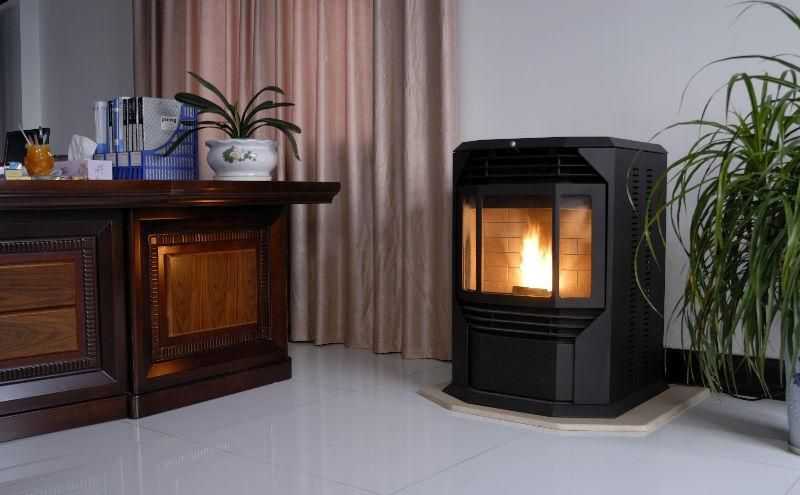
Whether imports from these countries will also reach the Netherlands may also depend on the fact whether their product is sustainably produced or not. The European Commission took a decision at the end of 2011 to introduce mandatory sustainability criteria fro solid biomass (similar to the one for liquid biofuels). Also the Dutch government may decide to link any future subsidy scheme to compliant with sustainability criteria, such as the NTA 8080/8081 (see Jonker and Junginger (2010) for more details).
For solid biomass, compliance with sustainability criteria is currently voluntary for producers and consumers and is not related to any subsidy or investment schemes or involved in obtaining legal permits. Therefore, no official statistics exist on how much of the imported biomass was produced sustainably, and how this was guaranteed.
However, the single-largest user of solid biomass RWE Essent (formerly Essent) developed a voluntary certification scheme: the Green Gold Label (GGL). The GGL is nowadays registered and owned by the independent Green Gold Label Foundation. According to the GGL criteria, the solid biomass consumed by Essent/RWE, approximately 70-73%, was certified as sustainable in 2009, and an estimated 85% in 2010 (Schouwenberg, 2011). As biggest Dutch end-consumer, this provides an indication on the overall status of the sustainability of solid biomass imports.
News
- Small Pellet Machine Manufacturer-Kingman
- Application of Wood Pellets and Use of Biomass Pellets
- From Fossil Fuel into Biomass Pellet Fuel
- Biomass Pellet Making Machines Market
- Applying of pellet stoves for home use
- Highland pellets to build $130 million facility in arkansas
- How to deal with the blocked hammer mill
- How to Make Wood Pellets with Sawdust
- The government policy promotes the development of biomass fuel
- Market analysis of biomass pellet fuel
- Strategic positioning of renewable energy
- Biomass energy has pass through the pre assessment
- The key point of deep processing of biomass pellet
- Harbin is promoting the development of biomass machinery
- The development of biomass formation technology I
- The development of biomass formation technology II
- Biomass energy industry is now going full tilt in 2015
- Rapid increasing demand of sawdust pellet on the market
- Pellet fuel market in EU
- Chinese Biomass Energy Conference held in Beijing
- Future market development of straw pellet mill
- Peanut Shell Pellet Mill Makes High Quality Pellets
- The utilization of straw is only 5%, biomass energy needs our attention!
- Corn straw pellet machine relieves the tight supply of fuel energy
- Reasons for loose or not forming of biomass pellet mill


